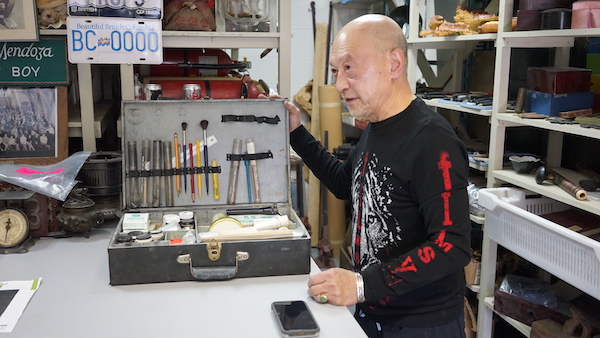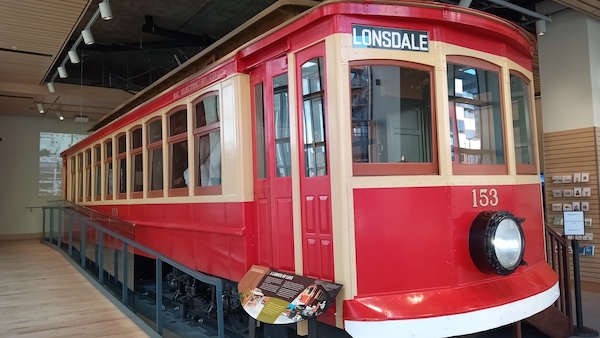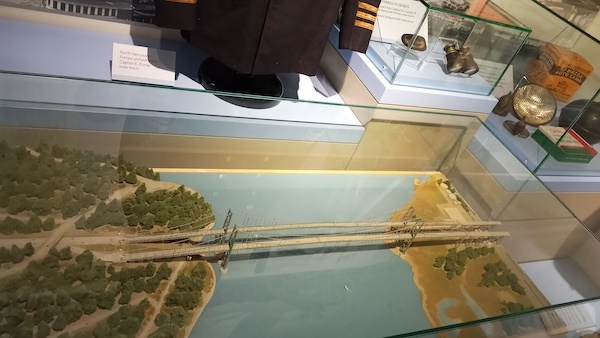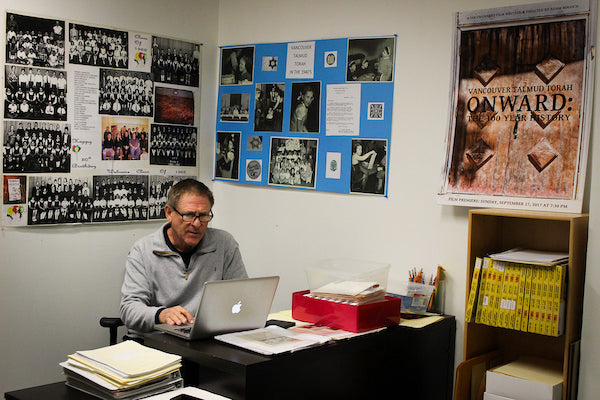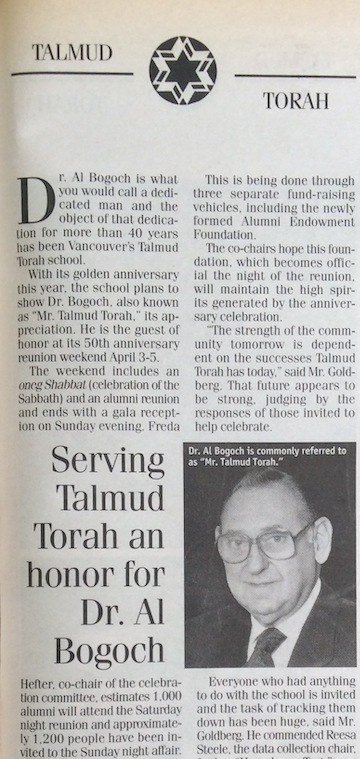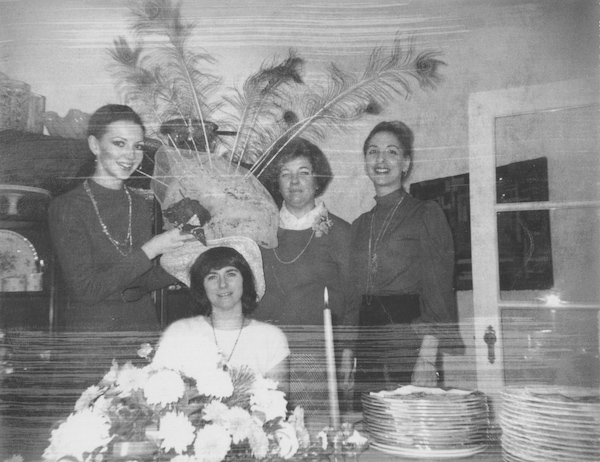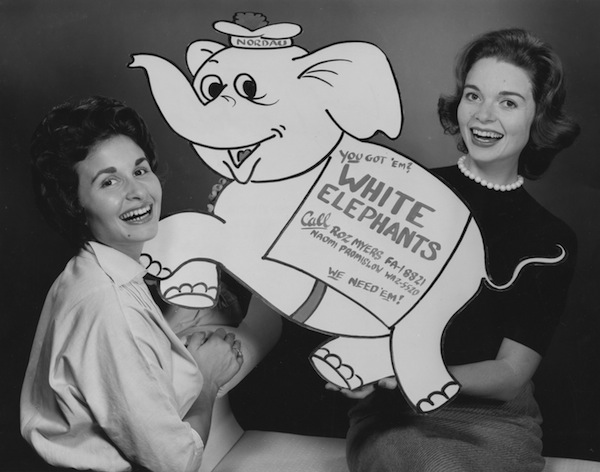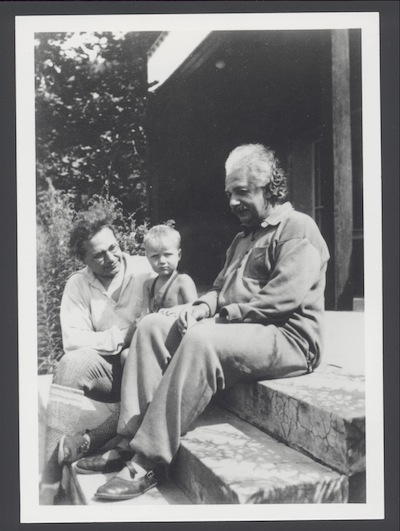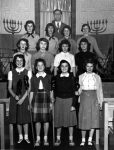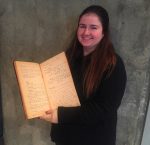Jimmy Chow, Burnaby resident and prop master since 1973. Burnaby Village Museum’s Many Voices Project is focusing on stories from people and communities who haven’t had the opportunity to add to the historical record. (photo from Burnaby Village Museum, BV022.21.25)
With its Many Voices Project, Burnaby Village Museum is focusing on stories from people and communities who haven’t had the opportunity to add to the historical record, including members of the Jewish community who have a Burnaby connection.
The museum is documenting the diverse lives of people connected to Burnaby, capturing stories of all areas of life in the city, including school, work, recreational activities, social events, family activities, and more. Anyone who has a meaningful and personal connection to Burnaby has an important story. However, to date, the museum has more personal accounts and historical information about people with British or European backgrounds, and is seeking to continue diversifying its collections by interviewing a wider range of people. This may include cultural minorities, people of colour, and sexually and gender diverse people.
How will interviews be used?
The Burnaby Village Museum is the primary historical resource for the City of Burnaby. It encourages understanding, appreciation and enjoyment of and participation in Burnaby’s unique history, and fosters a shared sense of community and identity for the citizens of Burnaby and visitors.
A big organization, the museum offers many ways to connect and learn. It has a heritage village and carousel, but also runs school programs, summer camps and public programs for people of all ages and backgrounds. In addition, it manages a collection of 50,000 historical artifacts, as well as archival materials, many of which are on display in the village. However, about 60% of the collection is stored in a secure vault and made accessible online via the website heritageburnaby.ca. The museum is always collecting and refining its holdings, and taking new donations that help tell the story of Burnaby’s history. The oral histories conducted will become a part of this growing archival collection.
The information contained in such interviews is invaluable. Museum researchers who work on new exhibition content and educational programs draw heavily on these historical records to help tell stories. They use the information to write text and shape how stories are told.
Why interviews?
Oral history interviews are a rich and textured way to capture history. Voice recordings capture more personality, details and subtleties than can the written word. Many people don’t have more than an hour or two to devote to the museum, and that is completely understood. An interview captures a tremendous amount of information in a relatively short period of time.
Why online?
Heritage Burnaby is the city’s searchable database for all things history. It holds community assets, heritage services and historic collections and adds new holdings daily. Many researchers – genealogists, reporters, university professors and museum professionals – access records regularly. Through Heritage Burnaby, this work benefits many more people than those who work at the museum.
Alternatives to interviews?
Sometimes sitting down for an interview can be intimidating, especially if you haven’t done something like this before. The museum is always collecting artifacts, original photographs, documents and ephemera related to life in Burnaby. Consider looking at your collections and family items, and making a donation to the museum, which aims to preserve its collections in perpetuity so that people many generations from now can see what life was like in Burnaby.
The museum also has options for those who would like to be interviewed but would prefer to use a pseudonym, or have their recording released at a later time.
Want to know more?
Burnaby Village Museum has a few open house events coming up that people are welcome to join. These events will be held on the afternoons of June 24, July 22 and Aug. 19. Come meet the team conducting the interviews. These sessions also will provide a private tour of the museum’s collections vault, where the archives are held. This will be followed by a short tour of the village, highlighting the ways that oral histories have been used in exhibitions.
For more details and times, register with Kate Petrusa, assistant curator. Petrusa is also the person to contact if you or anyone you know would like to share stories with the museum, or have questions about the Many Voices Project. She can be reached at 604-297-4559 or [email protected].
– Courtesy Burnaby Village Museum

